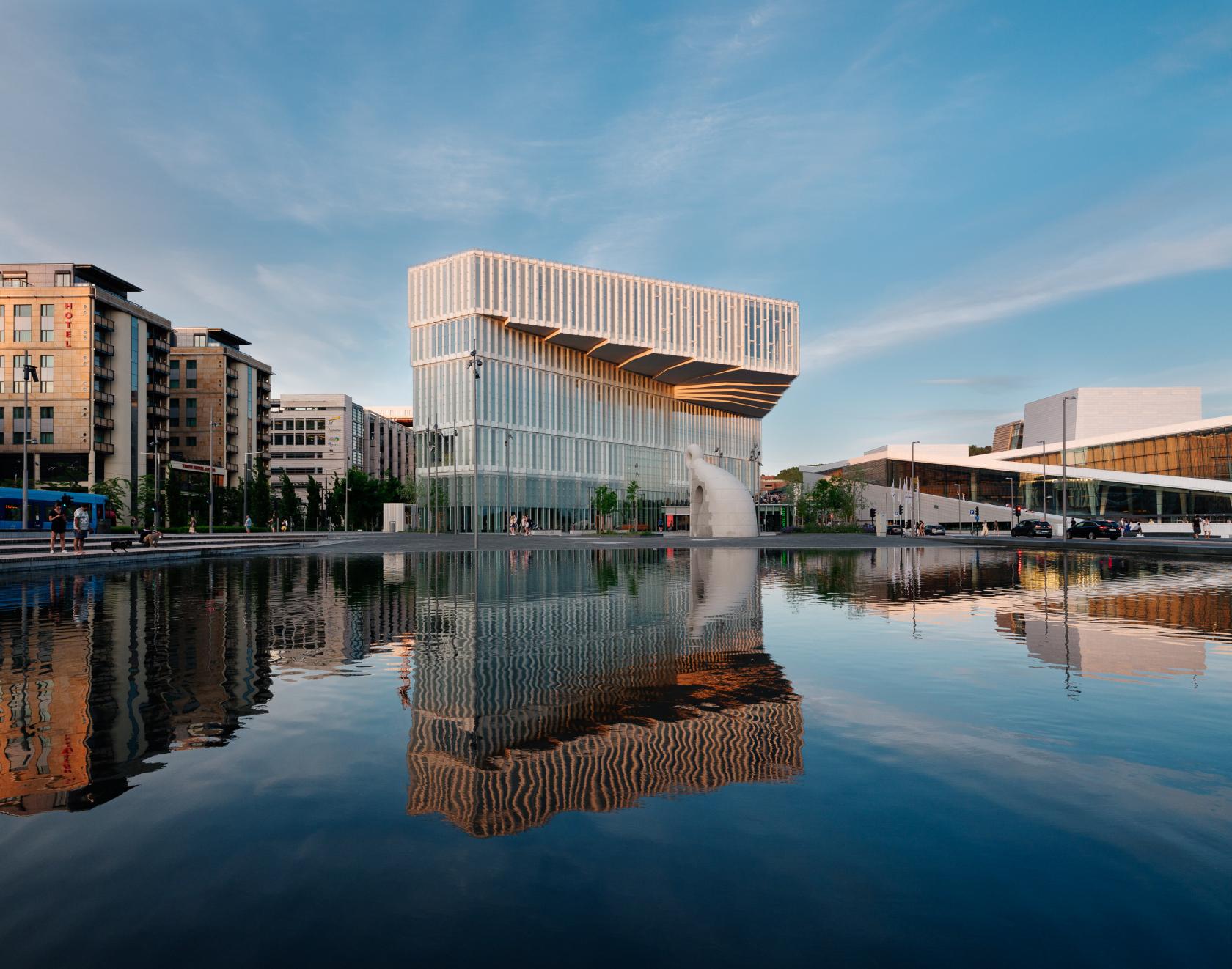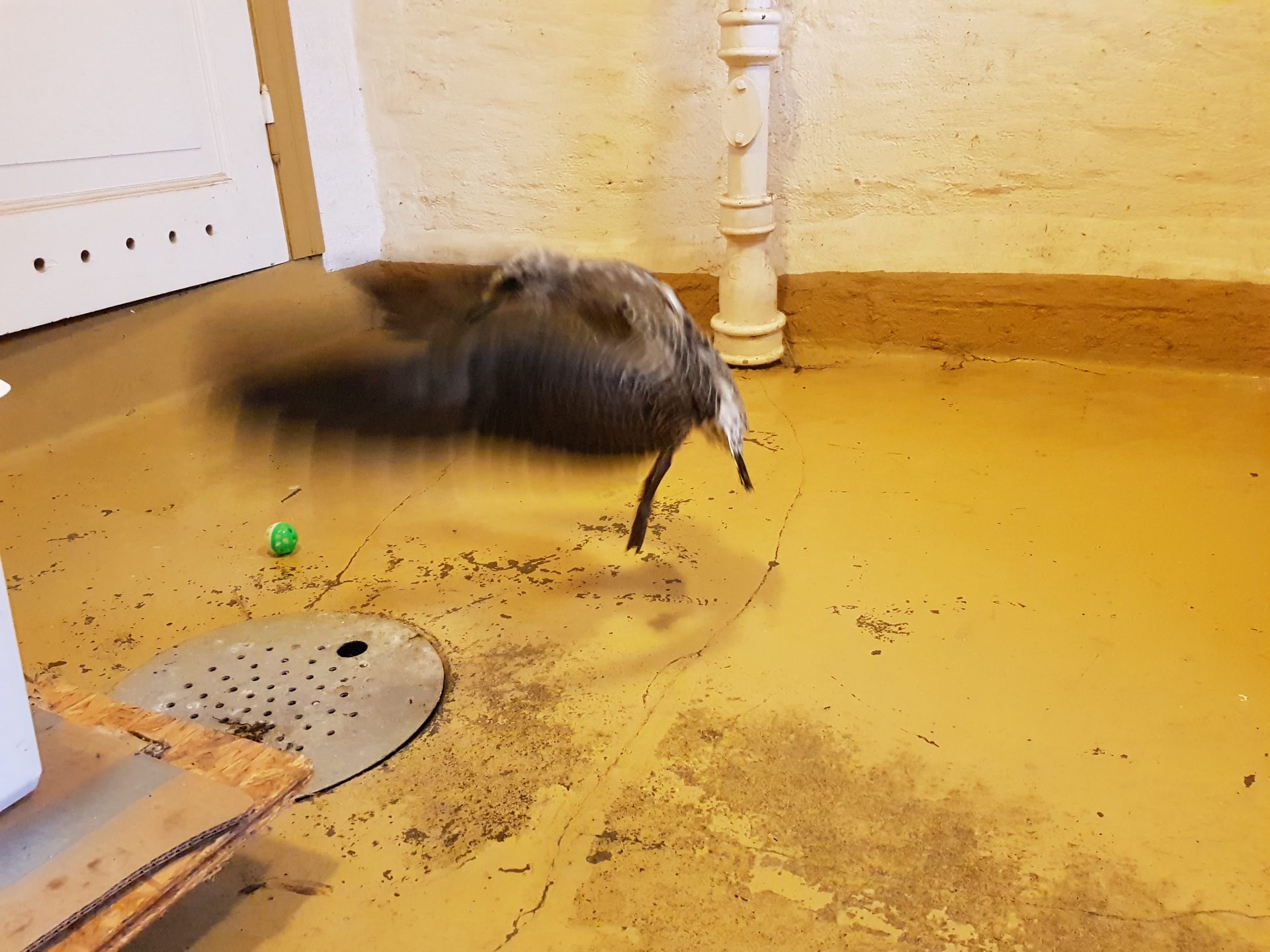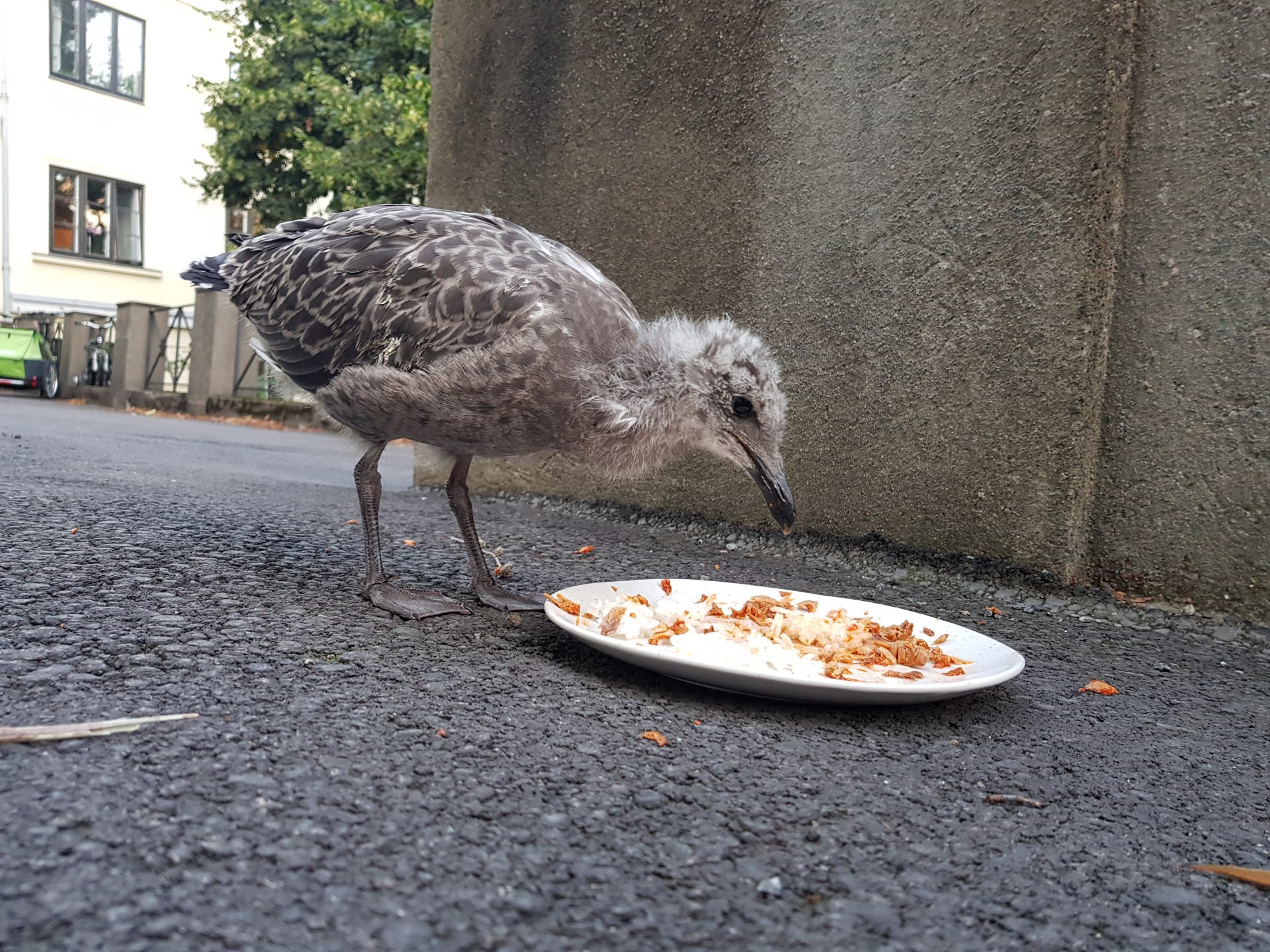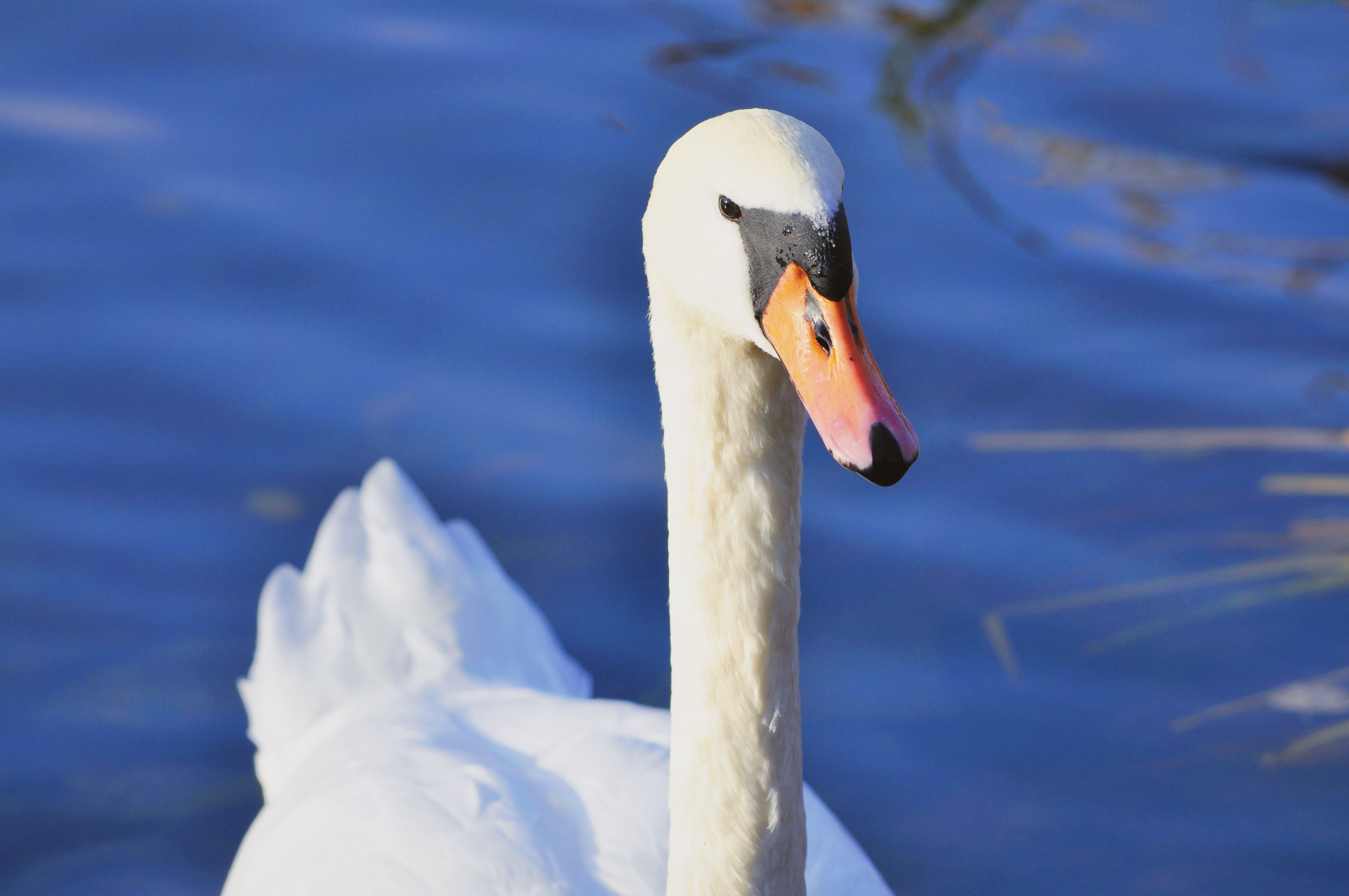-
I caught a Herring Gull

Monday was my first day back in work after a three-week vacation. Luckily for me, it was quite an easy day and my time in work was largely uneventful. The same couldn’t be said about the trip home. Since it was a nice, sunny day, I decided to walk home. It’s maybe a 45 minutes…
-
An update on Otto the seagull

It doesn’t seem that long ago since I took in a baby seagull and started to feed it every day. Three times a day. And mop the basement floor twice daily. Taking in the baby bird, which my wife named Otto, required a good amount of dedication to ensure the basement didn’t smell like a…
-
I own a seagull.

This weekend, Ine looked out the apartment window to see the neighbour’s cat harassing a baby seagull – chasing it up and down the path, backing it into a corner. It looked terrified. I went out and shooed away the cat and the bird ran out to the front of the house and into the…
-
Birding at Østensjøvannet

When I’m not staring at a computer screen, I like to stare at other things. Whether it’s gazing out of the window into the garden, or across a pond – I love to watch birds. Despite having lived in Oslo for quite a few years, it was only this past Autumn that I made my…